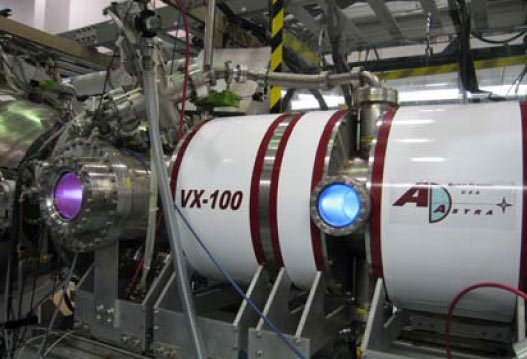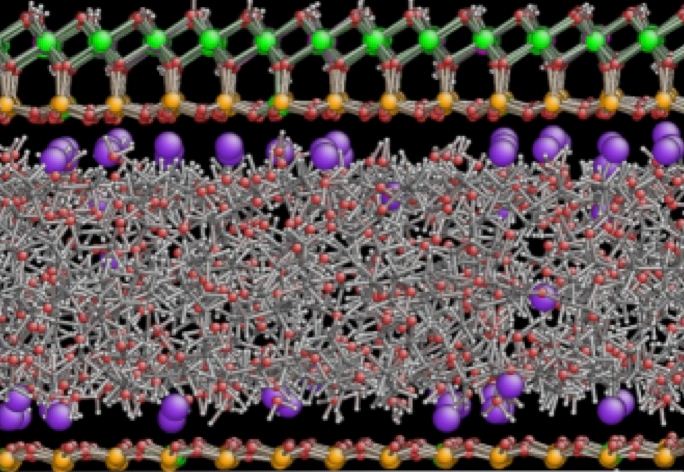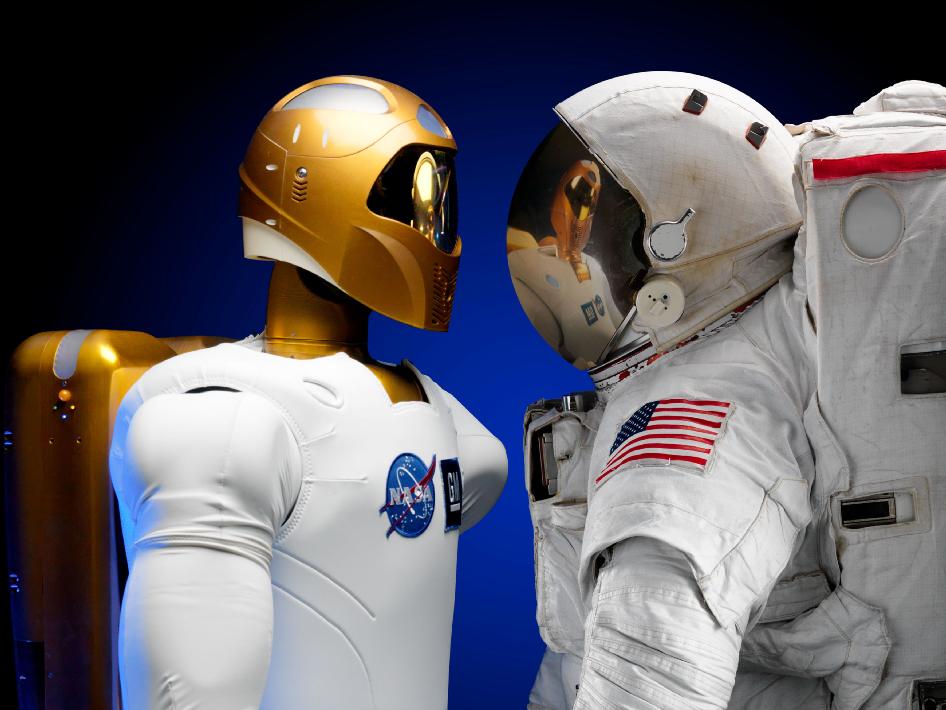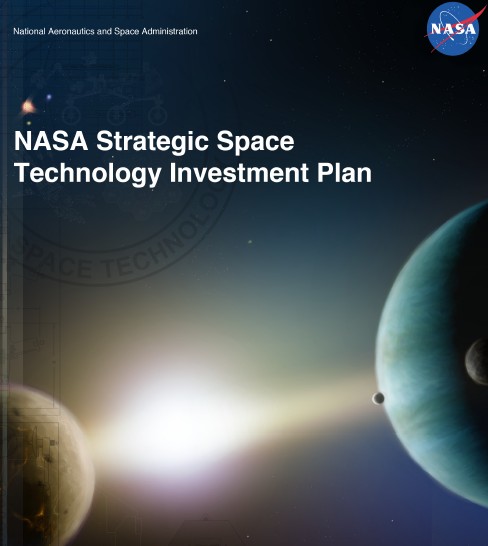In a recent article I asked the question has NASA lost its bearings? Well in the last two weeks NASA announced and presented its new four-year plan that looks at objectives with an end timeline that stretch out for as much as two decades in the future. The plan includes 4 key pillars:
- To extend human presence in space.
- To study the Solar System and search for evidence of life past and present.
- To expand human study of the Earth and the Universe.
- To stimulate entrepreneurial investment in space focusing on U.S. and partner countries.
NASA has identified 14 space technology areas on which to focus which include technology and scientific research related to energy, weather, climate, Earth science, health and wellness, and national security.
NASA has always used private sub-contractors in meeting its objectives. In the new plan partnership with the private sector is further encouraged with the goal to develop a thriving domestic industry.
In the post-Apollo era NASA began to work with the Soviet Union and other countries to achieve space goals. The new plan will continue to foster international cooperation and partnership in helping to achieve technology goals.
Part of NASA’s plan includes the development of TechPort, a web portal that will share, integrate and disseminate information on space technology developments including patents, licenses, and reports. TechPort will be accessible by the public.
NASA’s technology investments will be focused on the following core requirements:
- Launch and in-space propulsion systems including development of chemical including green fuels, cryogenic fuel storage systems, electric drives, solar sails, tethered systems, nuclear thermal, ion (see Vasimir ion propulsion system below) and micro-propulsion technologies;

- High data rate communications including enhancements to the Deep Space Network using new radio frequency communications offering at least two orders of magnitude improvements over current data transmission rates, and optical communications for even higher data rate transfers;
- Lightweight space structures and materials including nano (see nano composites in image below) and modular structures;

- Robotics and autonomous systems such as Robonaut seen in the picture below, and including on-board autonomous navigation, docking and capture mechanisms, dexterous manipulators, robotic drilling and sampling, vehicle systems management, and extreme terrain mobility including coping in micro-gravity environments such as those found on asteroids;

- Environmental control and life support systems (ECLSS) including development of a closed loop system that manages and recycles water, air, and waste, and provides long-term food production, preparation and processing;
- With current technology limited to three month missions beyond low-Earth orbit, new space radiation mitigation, monitoring, prediction and protection systems will be required for space habitats, spacecraft construction and spacesuit design and development;
- Scientific instruments including high contrast imaging, spectroscopy, optical, remote sensing, laser and wireless technologies for measuring space weather and conditions on and around missions to the Moon, Mars, comets, asteroids, and other planetary and lunar objectives;
- Entry, descent, and landing systems technology including autonomous systems for monitoring, modeling, and selecting landing sites, atmospheric sampling and analysis, hypersonic decelerators, thermal protection and parachute systems.
As part of NASA’s ongoing investment in the exploration of space, the Agency has committed 20% of its annual budget to studying what it calls adjacent technologies. These cover:
- Power generation not only for human space flight but also for autonomous robotic missions including the development of in situ resource utilization. For example, a human or robotic return mission to Mars could mine local materials to provide fuel from the time of arrival until returning to Earth. With power systems currently taking up to 30% of the total spacecraft mass, developing lighter and more efficient solar arrays, lightweight nuclear systems, and instrumentation that requires less energy to operate, would lead to dramatic advances. ;
- Thermal control systems for dealing with the extreme environments found in space. This would include b3etter design of heat acquisition, transportation and rejection technologies including radiators made of lightweight composite materials.
- Long-duration crew health, critical for spaceflight beyond Earth orbit where human passengers will be exposed to the extreme environment for long periods of time. This would include the development of artificial gravity, on board medical technologies to do screening, diagnosis and even surgery.
NASA once more reaffirmed that its ultimate destination for human exploration within the next half century would be Mars.
A note about NASA and the private sector. NASA states that one of its primary goals is to stimulate the development of a U.S. commercial space industry driven by competition, inventiveness and entrepreneurship. As such NASA seeks partnership with private enterprise in five areas:
- Development of reliable and reusable spacecraft systems;
- Creation of a taxi service to facilitate human and supply transport from Earth to Low-Earth orbit;
- Development of human health technologies to mitigate space radiation, to provide closed loop habitation and life support systems, and provide technologies for situational awareness;
- Robotic navigation and docking systems to eliminate the human factor;
- Improvements to the management of information that flows between a spacecraft and Earth ground stations including improvements to volume, speed and security.
Although NASA has assigned percentages to the investment requirement for all of these strategic directives, nowhere in the report is there a mention of dollars and cents. The current budget for 2013 is $17.7 billion, one billion less than NASA’s 2010 budget. When compared to current defense spending at $851 billion, NASA is but a drop in the bucket. And if you look at inventions that NASA has spawned for commercial use, 1,400 since 1976, the $17.7 billion is almost a bargain.
The strategic plan is ambitious. I’m not sure the money is there. But maybe with private enterprise shouldering some of the load, NASA’s objectives can be achieved. We’ll see.








